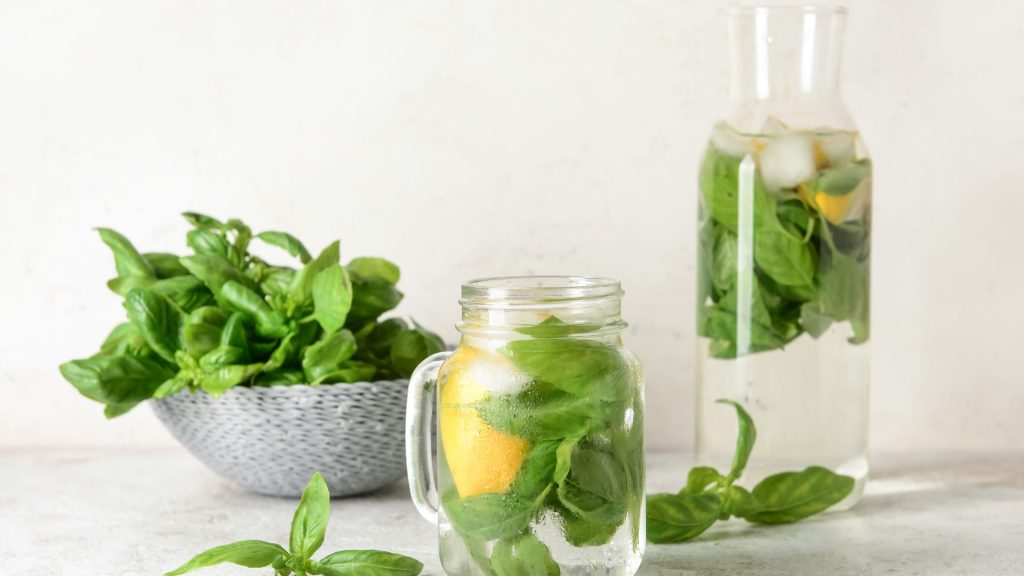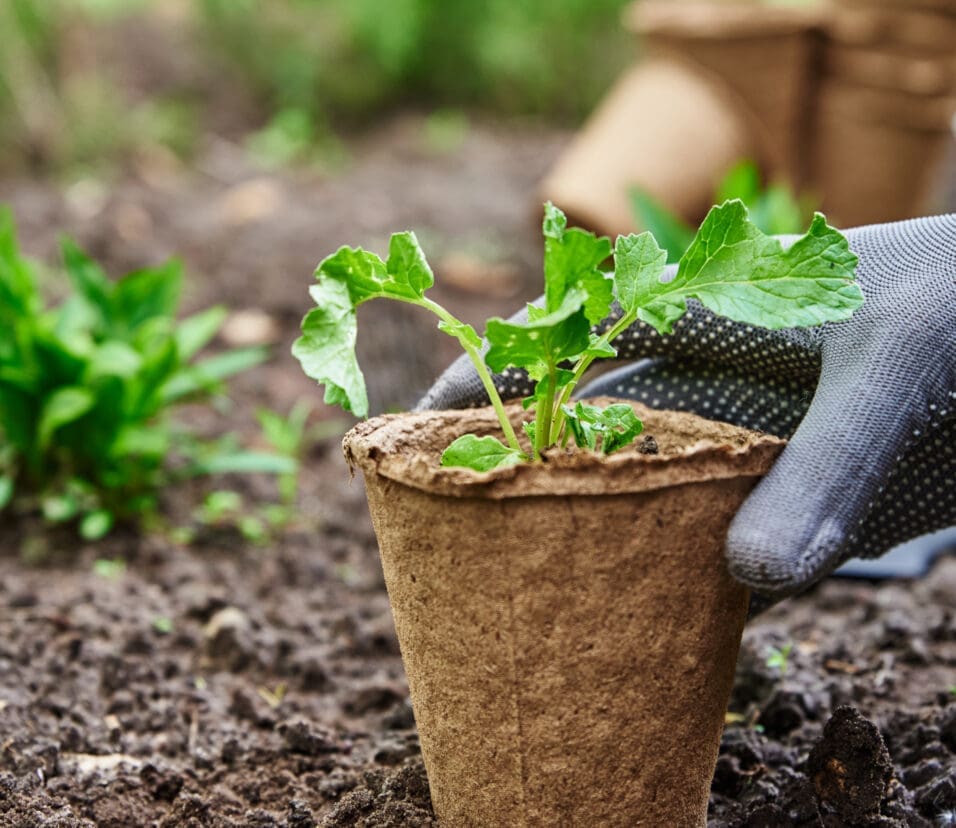You Can’t go Wrong with Fruits & Vegetables!
For most people, the word “fruit” conjures up images of fresh, juicy cherries or brightly coloured mangoes. While it may be true that fruits are often a delicious and refreshing snack, they also offer a host of essential nutrients that are vital for our health. The same is true of vegetables, which are often packed with vitamins, minerals, and fibre. Together, fruits and vegetables provide our bodies with the building blocks we need to stay healthy.
The Process of Growing Fruits and Vegetables
In the Caribbean, the process of growing fruits and vegetables is a centuries old tradition that has been passed down from generation to generation. The warm climate and rich soil of the region are ideal for cultivation, enabling many families to cultivate their own crops for years. Today, there is a growing demand for fresh produce, and many farmers are turning to commercial production to meet this demand.
The process of growing fruits and vegetables commercially begins with the selection of a suitable site, which must receive adequate sunlight and access to water. Once the site is selected, the soil must be prepped for planting. This involves tilling the soil and adding organic matter to improve drainage and aeration. After the soil preparation, it is time to plant the seeds or seedlings. Once the plants have sprouted and begun to grow, they must be thinned so that they have enough space for proper development. As the plants continue to grow, they require frequent watering and protection from pests and diseases. When matured, the fruits and vegetables are harvested and sold.
Growing fruits and vegetables is a complex process that requires knowledge, skill, and patience. However, it is also a rewarding experience that can provide families with fresh, healthy food.

Fruits:
- Bananas – an excellent source of dietary potassium, which is important for maintaining healthy blood pressure levels.
- Mangoes – a good source of vitamins A and C, which are very helpful for vision and immunity, respectively.
- Coconuts – a good source of dietary fibre and healthy fats, both of which are important for digestive health.
- Pineapples – a good source of vitamin C, manganese and antioxidants.
- Guavas – a good source of vitamins A and C, as well as dietary fibre.
Vegetables:
- Yams – an excellent source of dietary fibre, which can help to regulate digestion.
- Sweet potatoes – rich in vitamins and minerals, making them a perfect addition to any meal.
- Carrots – an excellent source of vitamins, which are important for vision, skin health, and immune function. Carrots are also a good source of fibre, helping to regulate digestion.
- Okras – a nutrient rich vegetable that is often used in soups and stews.
- Tomatoes – packed with antioxidants and enzymes that can help to boost overall health.
The exact mix of fruits and vegetables grown varies depending on the island, but all of these produce play a vital role in one way or another.
How to Prepare Fresh Fruits and Vegetables
Preparation is key when it comes to getting the most out of fresh fruits and vegetables. Here are a few tips to help you get the most out of your produce:
- Wash all fruits and vegetables thoroughly before eating or cooking. This will help to remove any dirt or bacteria that may be present.
- Cut vegetables into small pieces so that they will cook evenly and quickly. Larger pieces can take longer to cook, and may not be as tender.
- Remove any bruised or damaged areas from fruits and vegetables before cooking or eating them. These areas can contain harmful bacteria.
By following these simple tips, you can ensure that your fruits and vegetables are not only bursting with flavour, but very safe for consumption!
How to Store Fresh Fruits and Vegetables
Fresh fruits and vegetables are an important part of a healthy diet. However, they can be tricky to store correctly. If not handled properly, they can quickly spoil and become unfit for eating.
Here are some tips to help you keep your produce fresh for as long as possible.
- Inspect
Take a close look at your fruits and vegetables before you store them. Check for signs of bruising or damage, and discard any that are already starting to spoil.
- Wash
Keep them clean. Be sure to wash them thoroughly before storing, as dirt and bacteria cause them to spoil more quickly. It’s also important to dry them thoroughly, as moisture can lead to mould growth.
- Store
Once they’re clean and dry, it’s important to store them in the correct way.
- Fruits and vegetables like apples and tomatoes should be stored at room temperature.
- Leafy vegetables like spinach should be stored in the refrigerator.
- Root vegetables like potatoes and carrots can be stored in a cool, dark place like a pantry or cellar.
- Delicate fruits like cherries should be stored in the refrigerator in an airtight container. It is advisable to wash these only when ready to eat as excess moisture will increase swifter chances of mould.
By following these guidelines, you can help your fruits and vegetables remain fresh for longer.
The Health Benefits of Eating Locally Produced Fruits and Vegetables
As the saying goes, “You are what you eat.” What we put into our bodies has a direct impact on our physical and mental health. In recent years, there has been a growing movement to eat locally produced fruits and vegetables. Proponents of this approach argue that locally grown produce is fresher and more nutritious than the alternative.
Here are a number of reasons why eating locally grown fruits and vegetables is beneficial.
- Locally grown produce is typically harvested at the peak of ripeness, which not only ensures maximum flavour but also maximises the nutritional content.
- Locally grown fruits and vegetables generally have a shorter journey from farm to table, which means that they retain more of their nutrients.
- Buying local produce supports the local economy and helps to reduce the environmental impact of transportation. You will know exactly where your food came from and can be confident that it was grown using sustainable practices.
Fruits and vegetables play an important role in human health and the global food system. They are produced using a variety of methods depending on the climate, geography, and economics of a given region. In developed countries, production is typically done on large commercial farms using modern technology and machinery. In developing countries, production is often done on small-scale subsistence farms using more traditional methods. No matter how or where they are produced, it cannot be argued that fruits and vegetables are an essential part of a balanced diet. So, next time you’re at the grocery store or farmer’s market, make an effort to buy locally grown fruits and vegetables. Your body will surely thank you for it!







